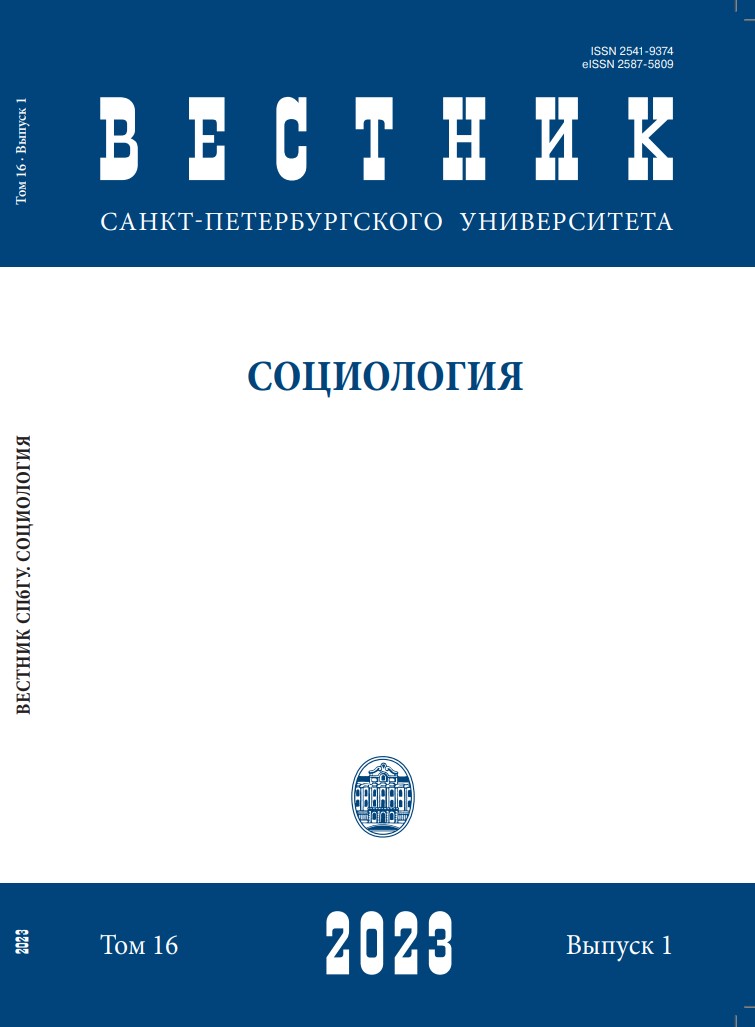Гендерные установки иммигрантов в России (на примере представлений о равенстве образовательных возможностей)
DOI:
https://doi.org/10.21638/spbu12.2023.104Аннотация
Отношение к гендерному равенству имеет значимые различия в разных странах мира. Особенно сильно эти различия ощущаются в миграционных перемещениях, когда люди сталкиваются с другими гендерными режимами, а миграция может выступать катализатором изменений в гендерных установках и отношениях. Данная статья посвящена изучению представлений о гендерном равенстве иммигрантов из постсоветских стран в России (на примере отношения к образовательным возможностям), а также их сравнению с аналогичными установками россиян. Эмпирическую основу исследования составил опрос иммигрантов из стран СНГ, Украины и Грузии (осень 2020 г., 700 респондентов). Данные по россиянам взяты из седьмой волны Всемирного исследования ценностей (2017 г., 1810 респондентов). Показано, что, несмотря на общее историческое прошлое, гендерные установки иммигрантов и россиян различаются —
первые чаще солидаризируются с тезисом о большей важности высшего образования для мальчика, чем для девочки. Для каждой из сравниваемых групп выявлены предикторы влияния на гендерные установки. Для россиян оказались значимы пол, положение на рынке труда и число детей. Для иммигрантов предикторами патриархальных гендерных представлений стали старший возраст, низкий уровень образования и приверженность мусульманской религии. Расширенная регрессионная модель с дополнительными факторами для иммигрантов также позволила сделать вывод о том, что не длительность проживания мигрантов в стране приема влияет на трансформацию их гендерных установок, но намерение связать свою жизнь с Россией, формирование общероссийской идентичности (чувства общности с гражданами РФ). Вместе с тем положение России как страны, не преодолевшей проблему гендерного неравенства (50-е
место в мировом рейтинге), вкупе с патриархальными представлениями части россиян могут позволить иммигрантами не спешить с пересмотром собственных гендерных установок.
Ключевые слова:
иммигранты, культурная интеграция, гендерное неравенство, гендерные установки, патриархальные ценности
Скачивания
Библиографические ссылки
Загрузки
Опубликован
Как цитировать
Выпуск
Раздел
Лицензия
Статьи журнала «Вестник Санкт-Петербургского университета. Социология» находятся в открытом доступе и распространяются в соответствии с условиями Лицензионного Договора с Санкт-Петербургским государственным университетом, который бесплатно предоставляет авторам неограниченное распространение и самостоятельное архивирование.




